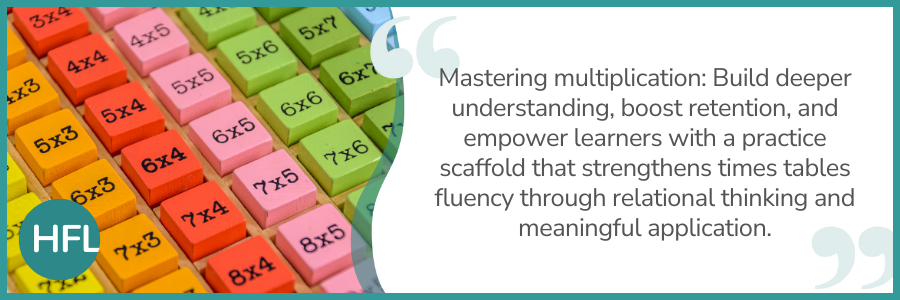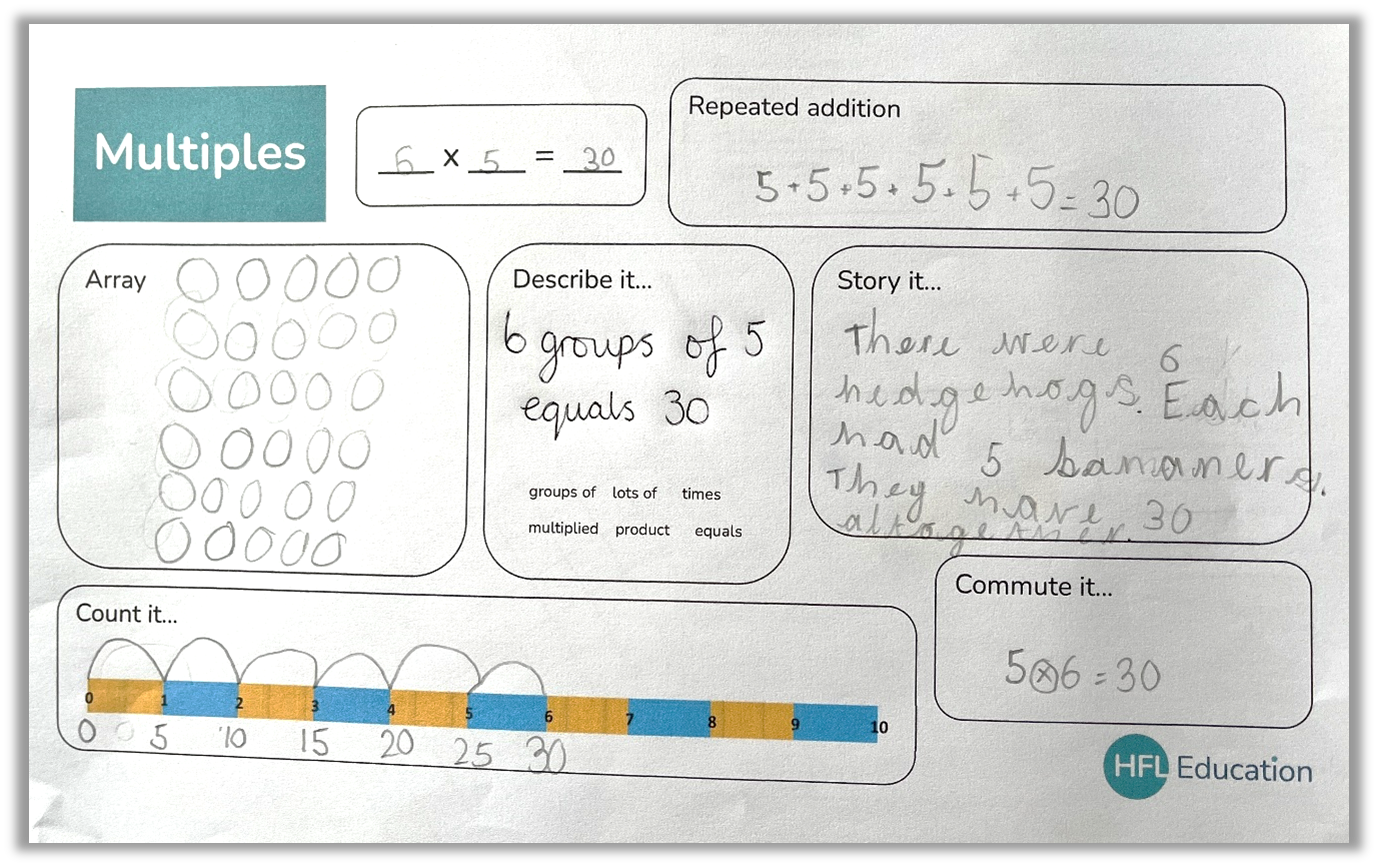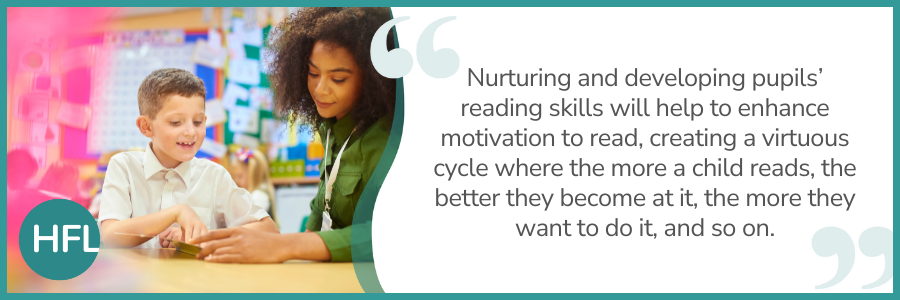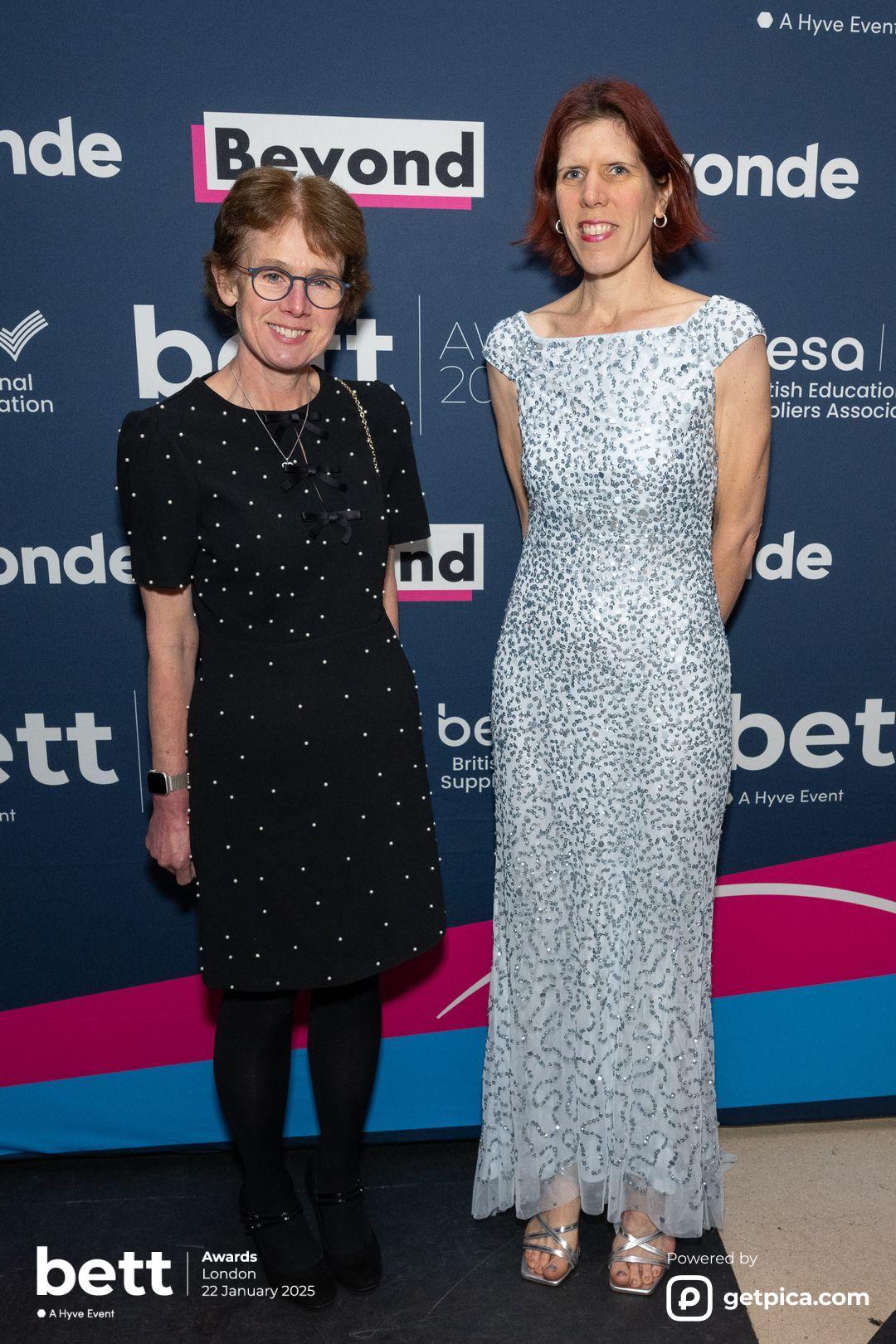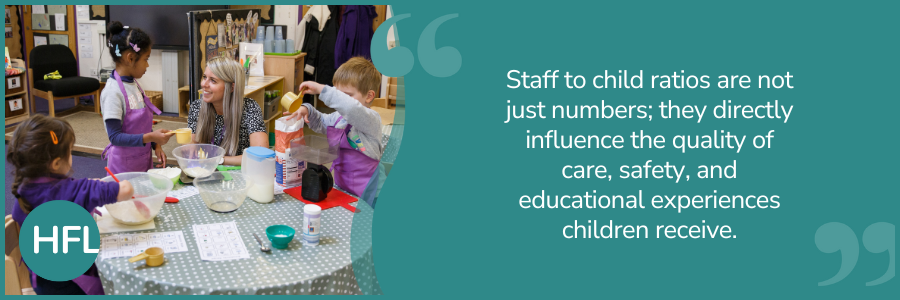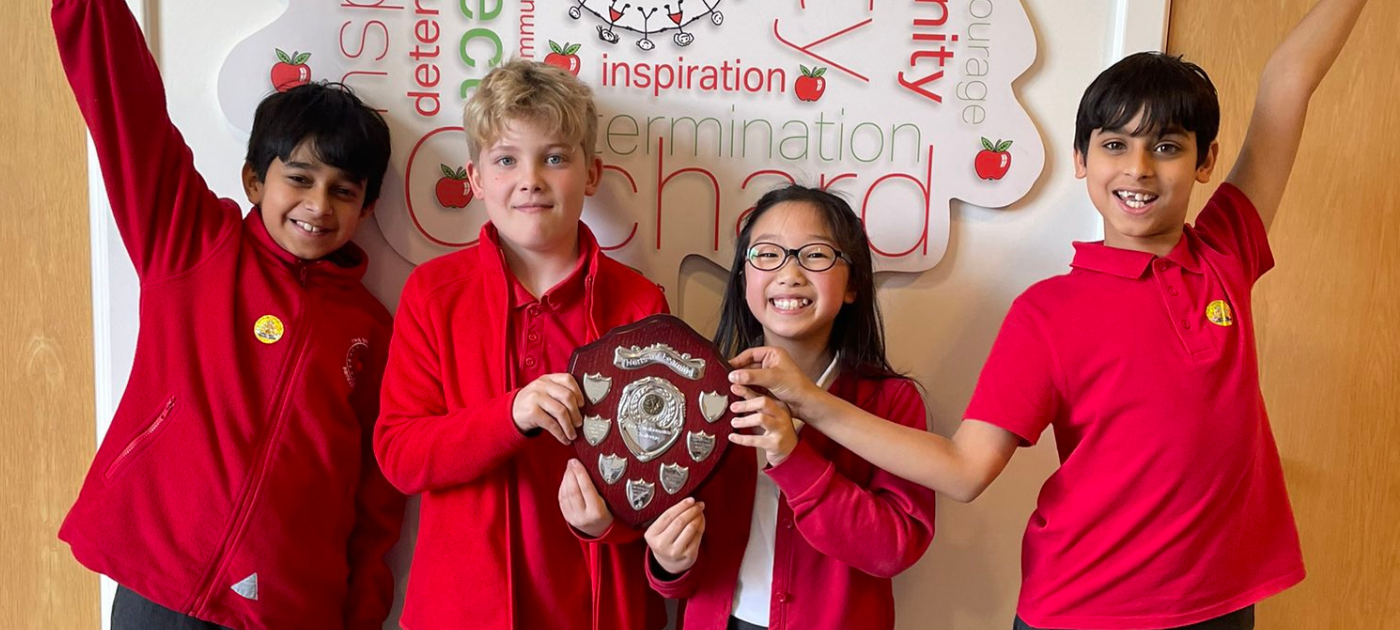When we embark on teaching children to read, we do so to create readers: people who can use reading to engage with the world around them, to learn from and to take pleasure from texts. Of course, the route to this destination can take some twists and turns, but there are paths that all pupils must tread to become fluent, comprehending readers. For children to want to reach the destination of being a reader, we need to not only foster the ability to read, but the motivation to do so.
What does a child need to learn to read?
The Simple View of Reading (Gough and Tumner) indicates that effective reading is made up of word reading plus language comprehension. This simple conceptual model gives a very broad overview of what we must develop in pupils for them to become readers. Putting flesh on those bones, the EEF’s ‘Improving Literacy in KS1’ guidance advocates for a balanced approach between teaching children to decode and fostering comprehension. Nurturing and developing pupils’ reading skills will help to enhance motivation to read, creating a virtuous cycle where the more a child reads, the better they become at it, the more they want to do it, and so on.
Phonics
As we know, schools have had a sharp focus on phonics in the last few years, with many implementing and refining delivery of their chosen phonics programmes. Amongst many others, the DfE says that systematic synthetic phonics (SSP) is the most effective approach for teaching decoding skills. Effective phonics instruction teaches pupils the letter-sound relationships that – with the requisite accuracy and automaticity – will allow children to read the words in a broad range of texts. Daily phonics lessons should be sharply focused on building children’s understanding of letter-sound relationships for decoding and encoding. Vitally, there must be plenty of opportunities for application of this learning.
Of course, programmes vary in their design and demand different amounts of application. In this blog, Kirsten Snook explores ways to provide opportunities for application of phonics learning. It is important that children apply new learning via phonically controlled (sometimes referred to as ‘decodable’) books, to build confidence and automaticity with that learning. In these books, pupils should encounter the new focus GPCs (grapheme-phoneme correspondences), revisit previously learned GPCs, and have the opportunity to re-read the text a number of times to develop accuracy and automaticity. Decoding the words on the page is a starting point, but to create readers, children need that decoding to feel effortless (or ‘automatic’) so they can turn their attention to other aspects of reading. Automaticity can be fostered with plenty of repeated reading to take the text to fluency.
Fluency
Accurate application of phonics is key for reading fluency, so a firm phonics foundation and teaching matched to pupils’ knowledge is fundamental. However, it is not enough for pupils to be able to apply phonics to read flashcards correctly. Children need to read words in context to become readers. Automaticity simply means reading words so that it feels as though they are being read on sight. When this is the case, the child’s attention can be turned to the important task of understanding what they are reading.
In order to read with fluency, children need to build up their ‘reading miles’ across different texts but also have plenty of opportunity to re-read the same texts. Professor Timothy Rasinski refers to this as ‘deep reading’, and acknowledges that repeated reads of the same text not only improves reading of the text being practised, but also improves reading of unseen texts too. I see this as a quick win; the simple act of re-reading costs nothing and requires no additional resources but improves fluency. Many SSP schemes have this woven into their fabric, but it’s certainly something to consider in wider teaching of reading if it isn’t part of your chosen programme. To do this, consider how you can use a blend of modelled reading, assisted reading, paired reading and independent reading to allow children to hear and read the text a number of times.
Teaching of reading, even at the earliest stages, should incorporate use of expression and phrasing to demonstrate to children that the words on the page carry meaning, and that we can make that meaning clear by bringing the words to life with our intonation, pace and volume. Modelling phrasing and use of varied expression will support pupils’ own prosody, laying the foundations for comprehension. To read more about teaching reading fluency at key stage 1, read this blog from Kathy Roe and Angela Jenkins, or consider joining one of our Reading Fluency Projects.
Comprehension
We know that comprehension is the primary objective of reading and so it’s important that it is not neglected as part of the reading curriculum all children experience from the earliest stages of school. From the beginning of their education (and ideally before), stories should be shared, enjoyed and talked about with children each day. Favourites should be returned to, re-read and made available for them to pull from the shelves to read and enjoy with friends. Listening comprehension is an important part of language comprehension, so ‘story time’ and ‘read-alouds’ should form an integral part of a reading curriculum. This allows children to access stories and ideas which they cannot yet read for themselves, and supports vocabulary development, knowledge of the world around them, and an understanding of texts and their conventions.
Of course, we also need children to develop their understanding of texts which they can read for themselves. Application of prosody (the use of intonation, expression and phrasing within reading – see this EEF reading fluency glossary for further guidance) can act as a precursor to this, so it is important that we support children to apply expression with even the simplest of books. This brings to mind one of my own early reading experiences in school. I was given a Ginn 360 reading book simply titled ‘Look’ and each page had just one word: look. It was my task as the reader to bring the story to life with my expression. Just think of all the ways we could infuse meaning into that single word! Once words are decoded, asking children to re-read with expression and phrasing helps to build a bridge to comprehension.
Once children are able to read a sentence, a paragraph or a book with fluency, they are far more ready to discuss its meaning. We can introduce children to reading strategies, such as questioning, summarising and predicting but we must consider the value of continuing to teach these in isolation versus having rich, authentic discussions about texts. The EEF’s Improving Literacy in KS1 Recommendations Poster states: “Teachers could introduce these strategies using modelling and structured support, which should be strategically reduced as a child progresses until they are capable of completing the activity independently.” Talking about what they have read, engaging children with a text by helping them draw on relevant world knowledge and their own experiences, and exploring vocabulary is all going to support development of comprehension. Inference is not just a skill to be taught, but something to be fostered through modelling and discussion of texts. We must engage children in rich dialogue about each new text, as the context will present new vocabulary and world knowledge to discover and discuss.
What might this look like in key stage 1 reading lessons?
Reading lessons at the beginning of year 1 versus the end of year 2 are likely to be different, but will be made up of many of the same elements.
In group guided reading, beginning with a recap of some focus GPCs and vocabulary which will arise in the book that children are about to read, will help to fire-up pupils’ prior knowledge and address potential challenges head-on before they are met in the more challenging context of a sentence or paragraph. Then, you could get all children reading the text aloud to themselves – you may like to use ‘whisper reading’. We want them to have as much practice reading as possible, so a ‘round robin’ approach won’t do the trick here! You can then drop in with each reader and identify misconceptions and address these individually or with the group if needed. Once a sentence is decoded, encourage them to re-read it for fluency. Then, you could model some sections of the text with phrasing and expression – demonstrating prosody - and ask the children to practise those parts in pairs.
Once fluent, you can begin the discussion. Use some retrieval and open-ended questions to probe and develop understanding, e.g. What do we know about…? Why might…? How should…? Model talking about your own thinking aloud, demonstrating how you create a ‘mental model’ of the text (See The Reading Framework for further guidance). Support children to make connections to their own experiences, other things that they have read, or their wider world knowledge. Have real discussions and always delve a little deeper! Dip into vocabulary meaning in context, e.g. ‘Can you put your finger on a word in this sentence which means…?’ or ‘Show me what ‘hurriedly’ might look like. The root of that word is hurry.’ Check in on grammatical understanding too, e.g. who/what is ‘he’/‘it’/‘they’ referring to? The purpose of this is to check children’s understanding, to demonstrate how you build your own understanding, to help them to practise and develop their own comprehension, and of course to enjoyably engage with the text. This kind of talk is beneficial in books the children read for themselves, and ones which are read to them.
What should children do if they are not in an adult-led group?
Use this time as an opportunity to re-read to foster fluency! If we get the pitch of texts just right for independent reading, children can independently apply phonics knowledge and feel the success of reading those books with increasing confidence. This success can help to breed enjoyment and, in time, a love of reading. Once the children have read a text in a guided group, they could re-read it in pairs and then independently. You could support them with some assisted reading, by following along with stories whilst listening to the audiobook version. You could also engage pupils in phonics activities that focus on target GPCs, such as a phoneme spotter, which will support both reading and spelling.
Once a book has been taken to fluency, you could encourage children to create character maps or story maps, or perhaps go on a vocabulary hunt. This could be seeking out words which tell them about a character or setting, or words which contain certain GPCs which have been a focus. This can also be a great time to develop reading identities. Allow time for children to choose books from the reading corner to sit and share, let children quietly ‘blether’ about books, or perhaps have an additional adult read to groups of children while the focus group are working with the teacher.
Wider reading diet
It should go without saying that quality reading lessons should sit within a rich reading diet where children hear and enjoy books on a daily basis, and have access to a range of quality literature to dive into. Take a look at the treasure trove which is the OU’s Reading for Pleasure website for inspiration.
Our early key stage one classrooms should be alive with rhymes, poetry, stories and books, to spark interest and enjoyment in reading that continue to grow alongside pupils’ developing reading expertise.
If you are working on developing early reading in school, don’t miss out on our Primary English Conference ‘Powerful Pedagogy: Say It, Read It, Write It’. We are delighted to welcome esteemed colleagues to share their expertise in reading, including the CEO of Accomplish Trust and English Hub Lead, Tracy Swinburne OBE, and The CLPE’s Learning and Programme Director, Charlotte Hacking. This is an online event and recordings of all sessions will be available to attendees until the end of the academic year. We hope you will join us.



